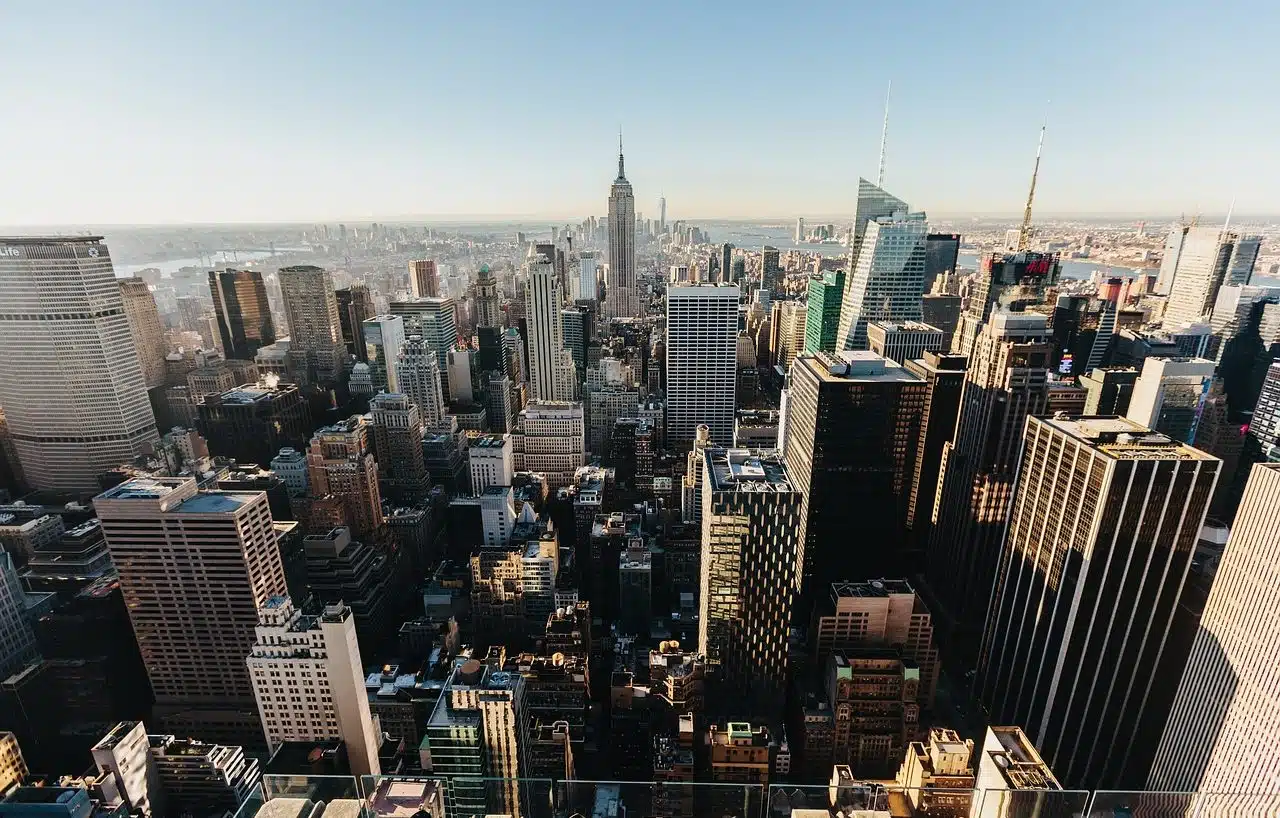
The large number of buildings is a characteristic of urban regions.
An urban region is an area where numerous buildings are grouped together, unlike what happens in a rural region. Typically, the urban region is surrounded by rural regions: that is, one region ends where the other begins.
It should be noted that region is the name of a territorial fraction delimited according to geographical, economic, administrative or other characteristics. Urban , for its part, is what is linked to a city (the set of streets and buildings managed by a municipality, which has a high population density and whose main economic activity is not agricultural).
Characteristics of an urban region
The urban region can also be an administrative unit made up of several cities or a city together with its area of influence. In this case, all the territories that are included in the same urban region share productive, historical, natural and cultural characteristics.
These urban regions can develop from the growth of a city. Due to the development possibilities they offer, these cities usually attract residents from other towns and villages. Thus, the core of the city begins to expand and other surrounding towns emerge, creating a large urban region.
Urbanization agglomeration
In short, the idea of an urban region can be associated with an agglomeration of urbanizations that transcends administrative borders and that can be made up of a main city and several smaller cities that function as satellites .
In any case, the boundary between urban and rural is often confused. An urban area is generally defined as one inhabited by more than 2,000 people permanently.
A concept that is often confused with that of an urban region is that of a metropolitan area , although it has a different meaning. It is a group formed by a metropolis (the central city of the group) and others, which fulfill different functions, such as industrial, service provision, commercial or residential (the so-called dormitory cities are those large communities whose residents usually traveling daily to work in another city).

The urban region has different characteristics than the rural region.
Polycentric urban region
On the other hand, a polycentric urban region is known as one that has more than one important urban center , and all of them have a close relationship with each other and with external cities. Other names with which this concept is identified are city networks or city clusters . Among its weak points is the lack of its own mayor's office or government, of a presidency, which is why it depends on a regional policy network , a kind of cooperation framework with a certain degree of institutionality.
Since the early 1990s, many researchers have dedicated their efforts to the study of the polycentric urban region and its supposed advantages over the metropolitan area. Groups of sociologists, politicians, economists, geographers and planners, among other professionals, show a deep interest in this conglomerate of cities because they assure that they can compete perfectly with highly prestigious metropolitan areas (such as Montreal , New York or London , for example).
What are the advantages that a polycentric urban region can offer compared to a metropolitan area? One of the arguments suggests that the first offers an economic system of scale that does not entail costs related to the agglomeration itself, and that also helps to preserve the territory more effectively, limiting the volume of expansion of each urbanization and its diseconomies ( the factors that cause the prices of goods and services to rise as production grows).
In a project sponsored by the European Union, the following three features of the urban region stand out: it accumulates a variety of resources that allow the sharing of technical knowledge and services; develops and exploits complementary resources that are compatible and necessary; protects the quality of the territory and conserves diversity .
